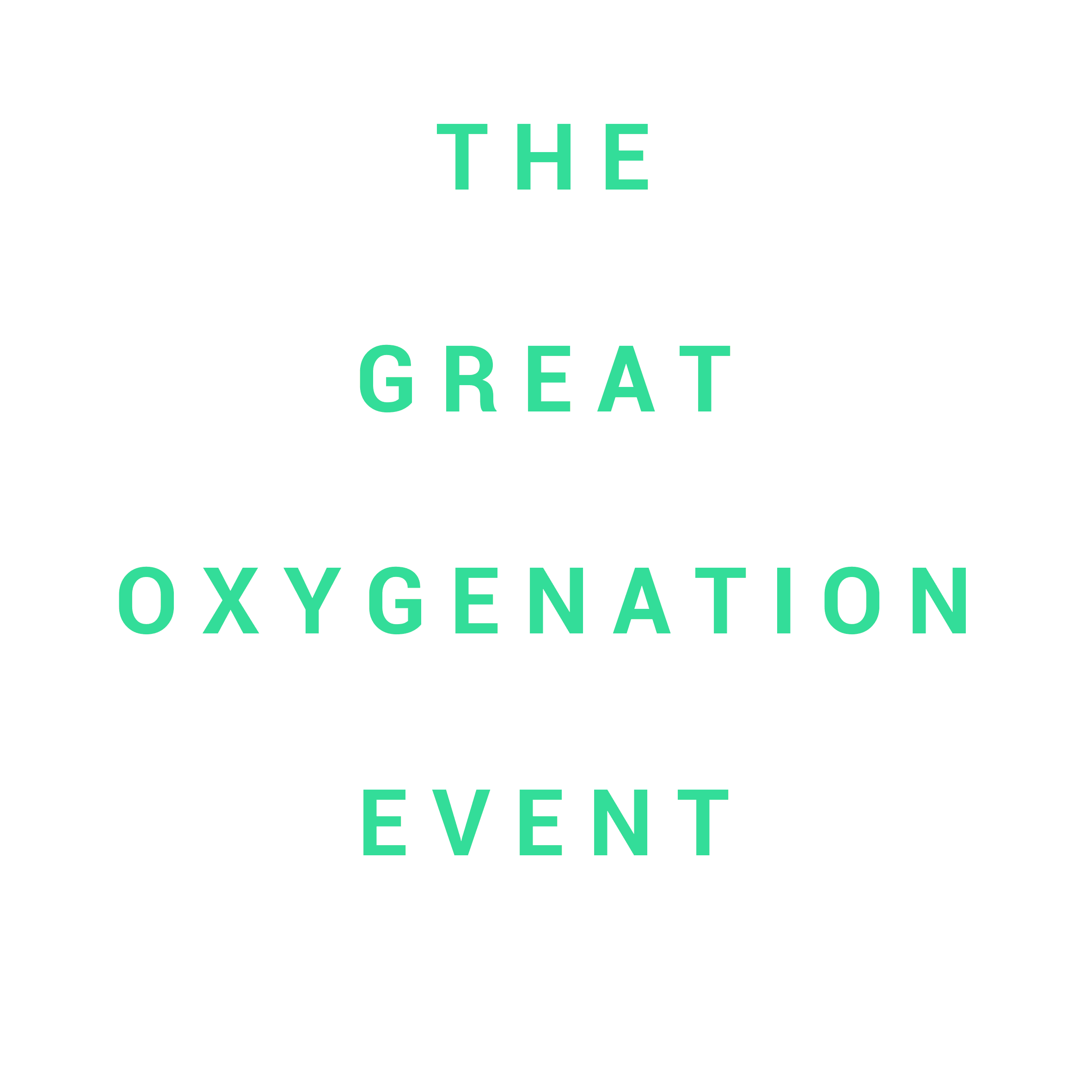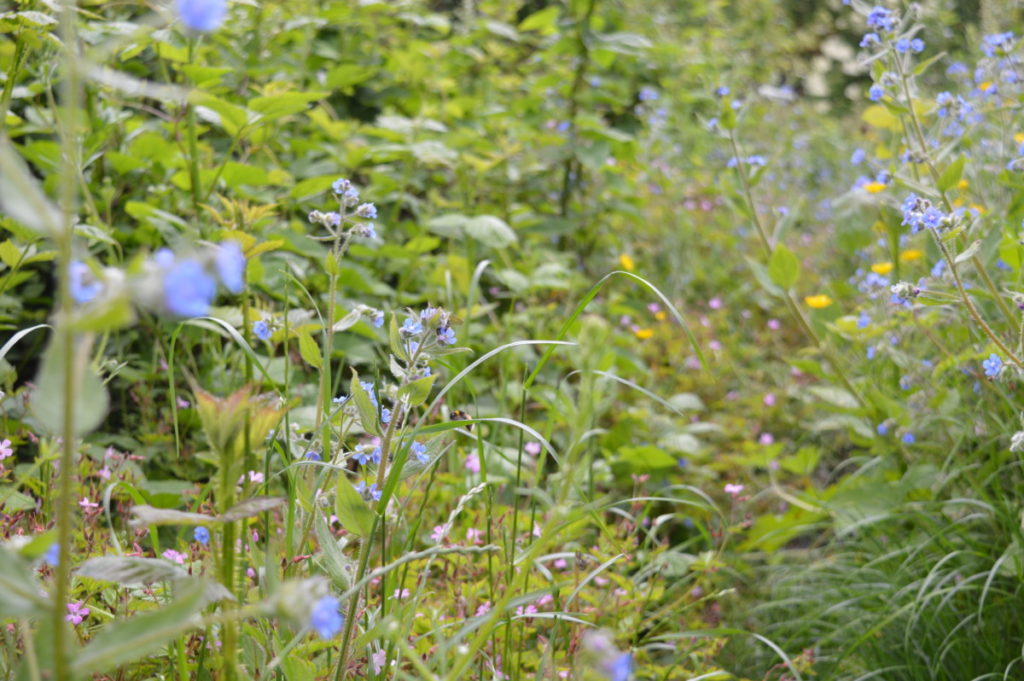Written by:
For our new blog series ‘A Letter to Future Placemakers‘, we’re showcasing letters that thoughtfully share learning points from your lived and/or professional experience with the placemakers of the future. Through this open call, we are asking you to define your audience and place to call your future placemakers to action. Who will shape the future of our towns and cities, and what do you want them to know?
Jake Stephenson-Bartley shares his thoughts below.
Dearest urban residents, policy makers, planners and architects alike,
With each breath we take, we inhale a bit of a tree.
I have rediscovered our relationship with trees during the pandemic. From the somewhat wake from our retreat, moving into a post Covid society, I’m wondering what the role of nature, of arboreal life has as our future placemaker and what we can do to include them in the conversation.
It is certain at least for me that trees and the natural world have historically been placemakers of the past. Cyanobacteria or photosynthesises, the oldest ancestors of trees as we know them today, were the first to breathe out oxygen into the atmosphere over 500 million years ago.

The Great Oxygenation Event by Jake Stephenson-Bartley
The origin of our world is in leaves; fragile, vulnerable, yet capable of returning back to life, once they have passed through a rough season (E,.Coccia.,2019,.pg28)
Around the arrival and appearance of human beings, over 2 million years ago, our movement was defined by an overwhelming dense forest. Trees were used for shelter, food, protection and to fashion tools for hunting and gathering – Nature was intertwined in active participation in placemaking with our ancestors.
Moving into the geological epoch of the Holocene around 12,000 years ago, humans transitioned from hunters and gatherers to those who relied on agriculture and settlement. This could be considered a turning point for placemaking becoming a human-centred concern – this began humans’ great colonisation of Earth. This has continued through to today where forests and trees have become sites of extraction and production, nature defined by human beneficiaries.
We forget the Humble Tree has facilitated many interactions of humans and other living and non-living beings for millennia – I was reminded of this during our time in the pandemic, trees and their natural partners have become increasingly more important for us humans acting as places for social interaction; the tree has become a library, a playground, a gym, a community centre and an office. The tree has been reimagined as a form of social infrastructure; defined as the physical places that shape how people interact.

I was lucky enough to live in close proximity to a few parks in South London, but that wasn’t an experience shared by all. Despite London boasting bountiful parks, the distribution and equity of those green spaces is not something shared by everyone. This was all brought more closely to our attention during the pandemic. The benefits of access to green space are plenty, including the benefit to our ongoing Climate Emergency, psychological and physiological improvements to our health, manifested as green infrastructure (parks, gardens, public realm). This foregrounds why it is so important for us to consider, in continual dialogue, the relation of nature to human life and the formation of our (future) cities. This would also help to address the social injustice of our access to green space. A Guardian article highlights that the Londoners living in ‘deprived’ areas, as well as black people and people of colour are often the ones who have reduced access to public green spaces and private gardens. This highlights that access to public green space is socially distributed and not everyone is afforded the health benefits of ‘green infrastructure’.

As we are all future placemakers, my question is how can we involve nature, trees, and arboreal life in active participation with ourselves as citizens, in the placemaking of our homes and cities.
On a personal level, it is a reminder that wildlife and biodiversity is in the small organisms as well as the large; the protesting plants that squeeze their way through the concrete cracks of the pavement; the insects in your gutter under that pile of leaves you’ve still not decanted; the flower boxes on your balcony or window sill that brings that added bit of joy to your working day at home; or the adjacent bit of derelict scrubland that looks empty and uninhabited but is actually home to hundreds of thousands of critters, plant life and small animals. All coexisting in their multiplicity. All of these moments are valuable in the placemaking of our multispecies futures!

To architects, I say you are not just building for humans, you are building for all the other critters (insects, flaura, fauna, animals) too!
To policy makers and planners, I say that urban biodiversity is about the equity of green space, not viewing green infrastructure in isolation but understanding that these are all interconnected and part of one issue.
To urban residents, children and adults alike, we often forget wildlife is on our doorstep and we should protect the pockets of nature we do have, small or large.
Here are some tools to help kickstart our relationship with nature, insects, wildlife to begin that dialogue with our next door neighbours. Observe, discover, protect!
https://uk.inaturalist.org/observations

